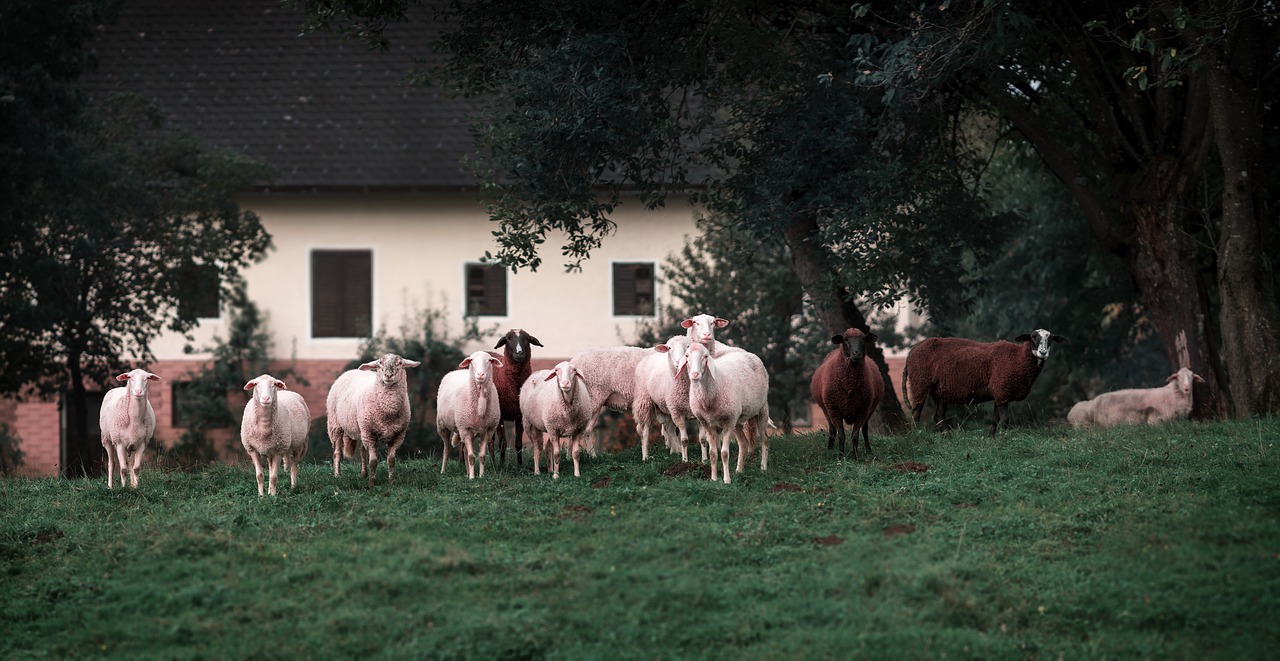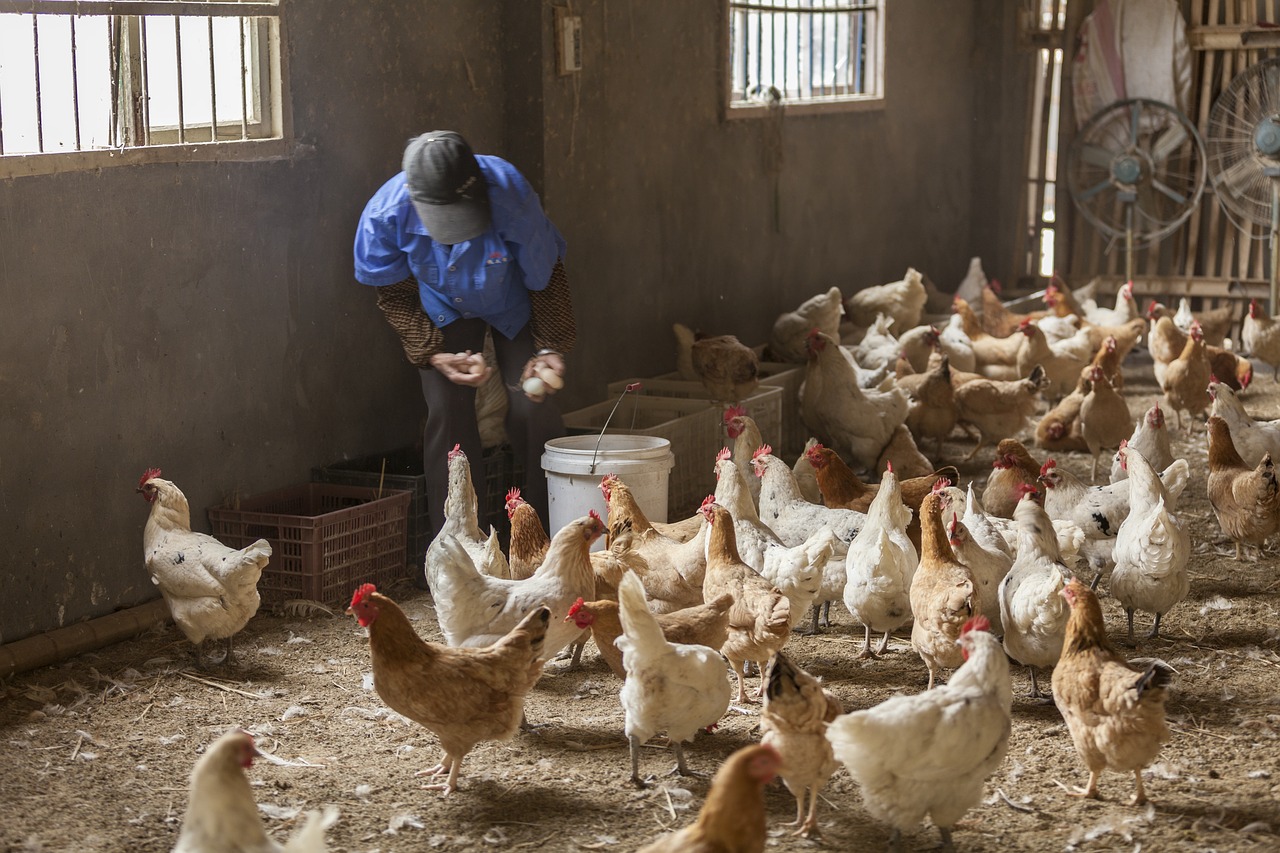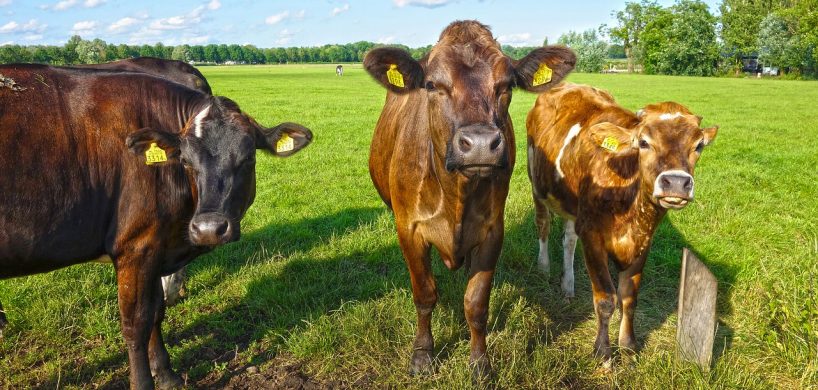The paleo diet is loaded with benefits, but it is very important to go about it in the right way to realize many of these advantages. This post aims to provide paleo dieters — as well as those simply intrigued by this diet — with several tips and guidelines that will prepare you to buy and eat only the best, cleanest, healthiest and most humanely raised meats. It has been said that healthy, happy and active animals make for the most nutritious and flavorful meat. With that as our guiding principle, let’s get started.

The Importance of Choosing Grass-fed Beef
Humans have been raising cattle for over 9,000 years, and for approximately 8,800 of those years, pastoralists were letting their animals graze on grass in the warm months and hay over the cold seasons.
In today’s mass-market cattle industry, farmers seek out every advantage they can to increase profit margins, and this has led to cows being fed grains -– primarily corn -– that fatten them up quickly. Unfortunately, that makes the cows bloated, sick a lot of the time and plain miserable in their confined and filthy pens. This state of affairs has led to the huge use of antibiotics just to keep the cows alive long enough to be slaughtered.
Grass and hay-fed cattle are simply more humane, and the result is beef that contains no antibiotics or growth hormones and is noticeably more flavorful. Grass-fed beef is more expensive and is a little trickier to avoid over-cooking, but for the benefits realized it is worth the extra expense if you can afford it.
Places to buy grass-fed beef –- and don’t forget to seek out heritage breeds and consider bison, as these provide a paleo dieter with the most accurate profile as possible of early cattle — include your local butcher shop and high-end or specialty grocery stores.
Tips on Sourcing the Very Best Poultry and Pork
While chickens and pigs are omnivores and can better handle grains than cattle, the massive farming operations that produce most of the country’s chickens and pigs are horrid, unhygienic and cramped for these animals, which cannot be a good thing when it comes to the quality of the meat.
For paleo dieters, the simple solution here is to buy chicken and pork that is labeled “pasture-raised.” Also, try to do some research to source your paleo-friendly meats through only quality brands, for instance ones that have been certified by a third-party to be truly pasture-raised. Seek out brands with seals of approval from Certified Humane, American Humane Certified, and Animal Welfare Approved. This is important as the federal government has so far declined to regulate the term “pasture-raised.”
Another reason to research your meat brands is that the term “free-range” is also not regulated or defined. While it does mean animals have access to the outdoors, the quality and duration of this access are very loosely defined.

If you don’t have access to pasture-raised products, try to go at least organic, a term which in this case is regulated by the USDA’s Organic Standards criteria. Meat certified as organic must be raised under much stricter conditions than conventional, factory farmed meat. While again more expensive, organic certified chickens and pigs must at least have some access to the outdoors, are fed only organic feed – which also makes it GMO-free – and is not given antibiotics.

